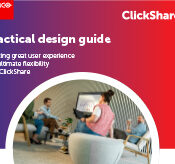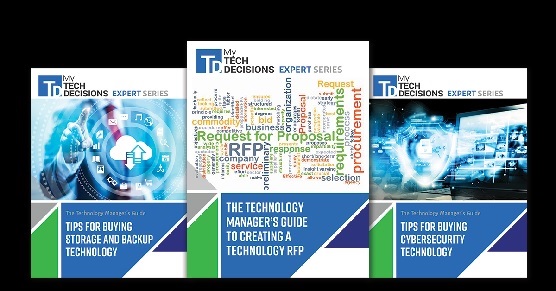It’s safe to say traditional overhead projectors are a thing of the past. Teachers no longer have to worry about accidentally writing on transparent slides with permanent markers or having to shut the lights off to see a projected image. Since the introduction of the interactive projector, students’ learning experiences have revolutionized from simply viewing projected images from their desks to touching, drawing and fully interacting with projected media through simple, intuitive movements.
While an important aspect of an interactive projector is its interactive capabilities, there are various factors in addition to interactive software that play an important role in helping schools achieve their learning goals through the implementation of this technology. Factors such as multi-use capabilities, ease of installation and throw distance can have a significant impact on the success of a school’s investment in an interactive projector.
As interactive projectors continue to develop and become more advanced, it is important schools not only understand the new capabilities of these devices, but also understand how these features will provide new opportunities to students and teachers and help them achieve their learning and teaching goals.
Once your school considers what opportunities it wants to provide students and teachers, it’s important to look at the different features that can influence whether or not these opportunities will be available to classrooms. To help ensure you purchase an interactive projector that will provide the teaching and learning opportunities you want for your school, take a look at the following slideshow that includes six different factors to think about when looking to invest in an interactive projector.
If you enjoyed this article and want to receive more valuable industry content like this, click here to sign up for our digital newsletters!





















Leave a Reply